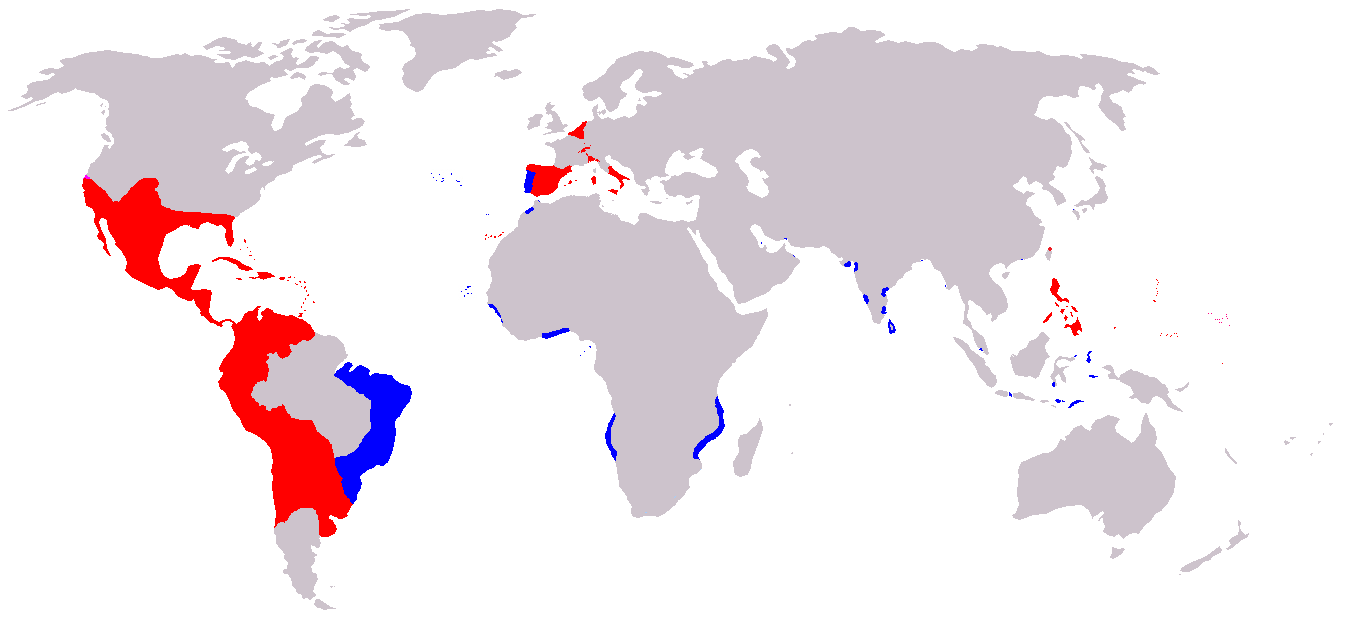|
Spanish Formosa
Spanish Formosa ( es, Hermosa Española) was a small colony of the Spanish Empire established in the northern tip of the island known to Europeans at the time as Formosa (now Taiwan) from 1626 to 1642. It was ceded to the Dutch Republic during the Eighty Years' War. The Portuguese were the first Europeans to reach the island off the southern coast of China in 1544, and named it ''Formosa'' ( Portuguese for "beautiful") due to the beautiful landscape as seen from the sea. Northern Taiwan became a Spanish colony in 1626 and part of the Manila-based Spanish East Indies. As a Spanish colony, it was meant to protect the regional trade with the Philippines from interference by the Dutch base in the south of the island. The colony was short-lived due to the loss of its strategic importance and unwillingness by Spanish authorities in Manila to commit more resources to its defence. After seventeen years, the last fortress of the Spanish was besieged by Dutch forces and eventually f ... [...More Info...] [...Related Items...] OR: [Wikipedia] [Google] [Baidu] |
Spanish Empire
The Spanish Empire ( es, link=no, Imperio español), also known as the Hispanic Monarchy ( es, link=no, Monarquía Hispánica) or the Catholic Monarchy ( es, link=no, Monarquía Católica) was a colonial empire governed by Spain and its predecessor states between 1492 and 1976. One of the largest empires in history, it was, in conjunction with the Portuguese Empire, the first to usher the European Age of Discovery and achieve a global scale, controlling vast portions of the Americas, territories in Western Europe], Africa, and various islands in Spanish East Indies, Asia and Oceania. It was one of the most powerful empires of the early modern period, becoming the first empire known as " the empire on which the sun never sets", and reached its maximum extent in the 18th century. An important element in the formation of Spain's empire was the dynastic union between Isabella I of Castile and Ferdinand II of Aragon in 1469, known as the Catholic Monarchs, which ... [...More Info...] [...Related Items...] OR: [Wikipedia] [Google] [Baidu] |
